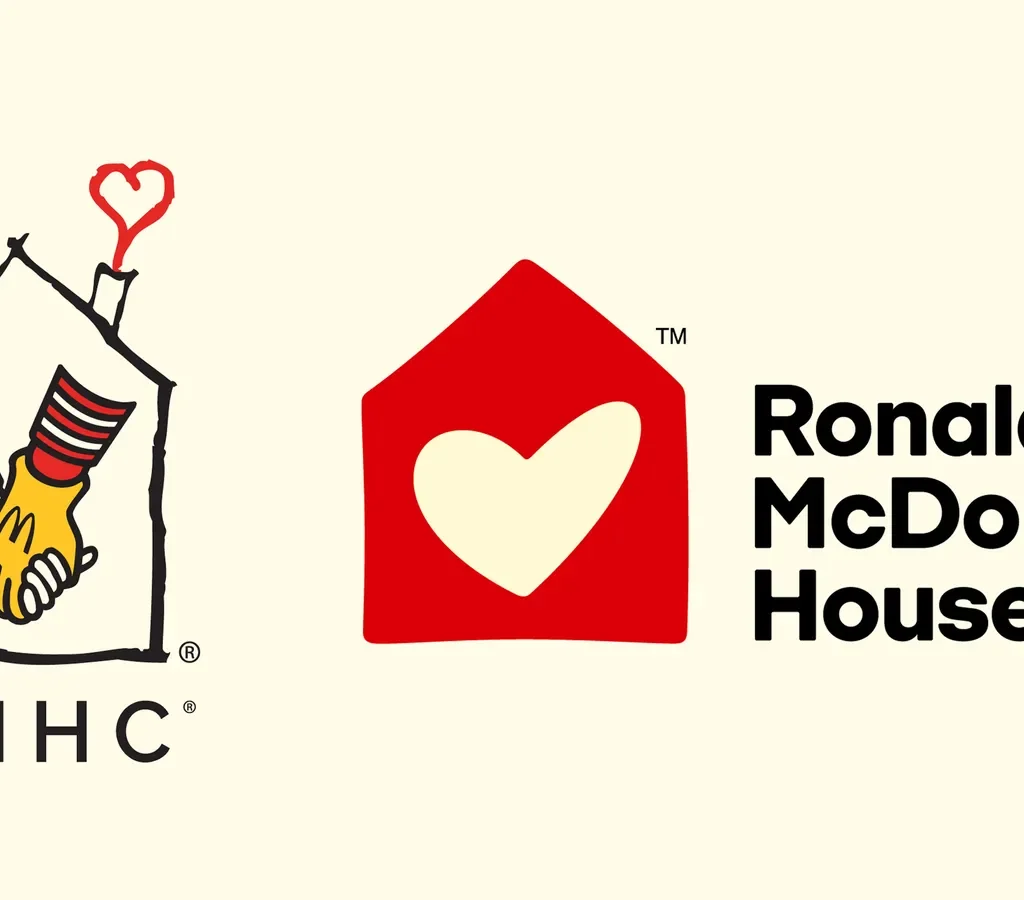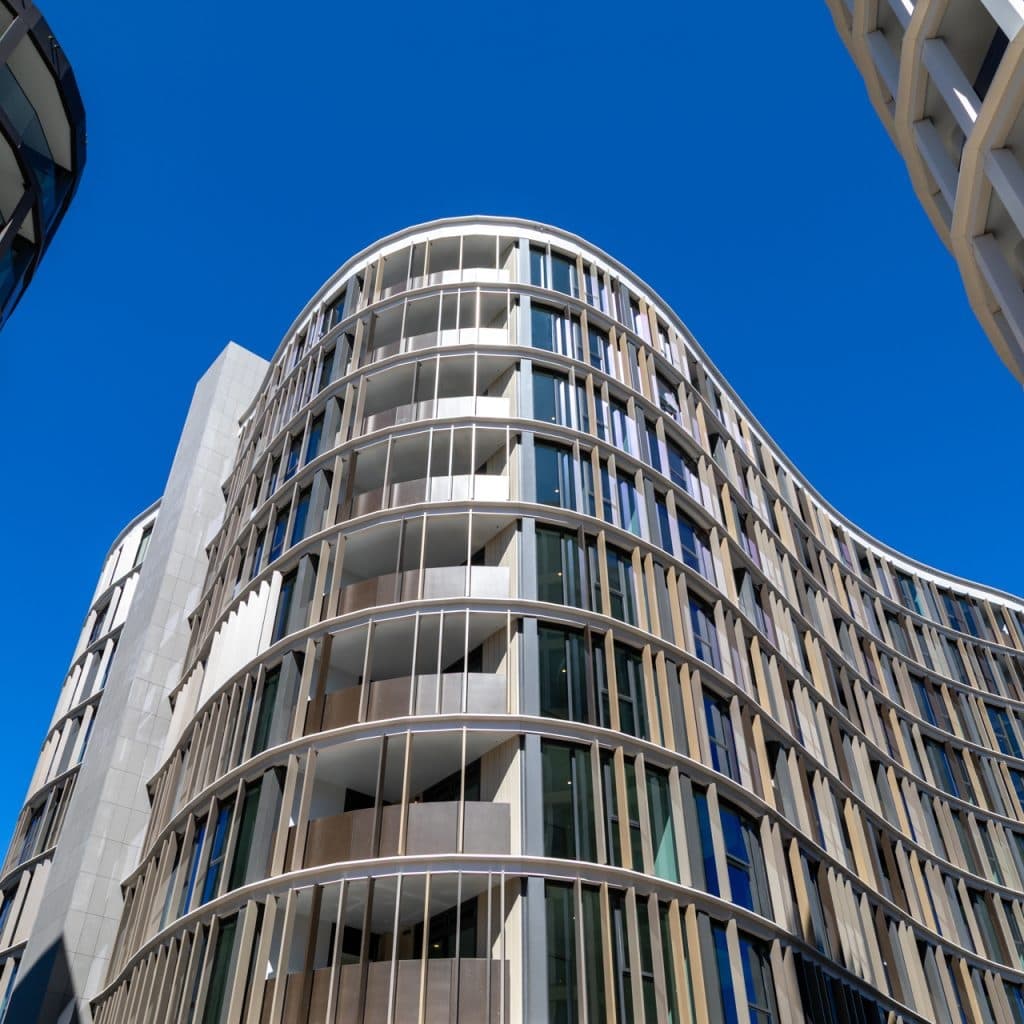


Is there a new apartment block going up in your neighbourhood? Chances are it will play host to a commercial and/or retail element, typically housed on the ground floor or lower levels of the building.
Known as mixed-use development, it’s a growing trend supported by government planning policy and it’s bringing the buzz to suburban centres.
Richard Nash, general manager of Purdon Planning, an urban planning consultancy that services the ACT and broader region, says the swing towards mixed-use buildings and precincts gathered pace in the early 2000s and is helping to facilitate the move away from a car-centric society.

“After World War II the general consensus was that everyone should own a car and have a quarter-acre block and so our government designed our cities to cater to that view of how people should be able to live,” Nash says.
This led to highly segregated residential suburbs, commercial districts and industrial zones and a very car-dependent population. The commercial districts became dead zones after dark and were often considered unsafe.
Today the government is addressing both safety and sustainability by encouraging mixed-use development, and Nash says the benefits are broad-reaching.
“In terms of health benefits, it means we’re driving less and moving more. From a social perspective, we’ll go to the local town centre or shop at the bottom of our building so there are the benefits of seeing familiar faces, which helps build a sense of community and becomes your little part of the world.”

Nash says mixed-use development offers economic benefits by providing more efficient use of land and existing infrastructure, and also facilitates housing choice.
“Not everyone wants to live on a quarter-acre block,” he says. “Often people have a busy lifestyle and want to live close to the activity.”
Adam Morgan, head of sales for Canberra-based developer Geocon, says buyers drawn to mixed-used developments are excited by the amenities on offer.
“The benefit for purchasers is they can be self-sufficient within their precinct,” he says. “They get the lifestyle options of cafes and bars and can even do necessities like shopping within their own building. All of our developments now come with commercial on the ground floor.”

Geocon’s Republic precinct has proven just how popular the concept has become, with strong apartment sales across the project’s five Fender Katsalidis-designed towers in Belconnen. One of the towers, High Society, sits atop a five-storey Abode Hotel and there are 19 commercial premises at street level.
At Geocon’s Aspen Village in Greenway, residents will be able to take advantage of 4000 square metres of residential amenity and 2500 square metres of commercial space on the ground floor, including a grocer, bars and cafes, a bottleshop and a major gym.
And at Geocon’s Grand Central Towers in Woden, there are 12 ground-floor commercial spaces including office space, a cafe and a hairdresser.

Is there a new apartment block going up in your neighbourhood? Chances are it will play host to a commercial and/or retail element, typically housed on the ground floor or lower levels of the building.
Known as mixed-use development, it’s a growing trend supported by government planning policy and it’s bringing the buzz to suburban centres.
Richard Nash, general manager of Purdon Planning, an urban planning consultancy that services the ACT and broader region, says the swing towards mixed-use buildings and precincts gathered pace in the early 2000s and is helping to facilitate the move away from a car-centric society.
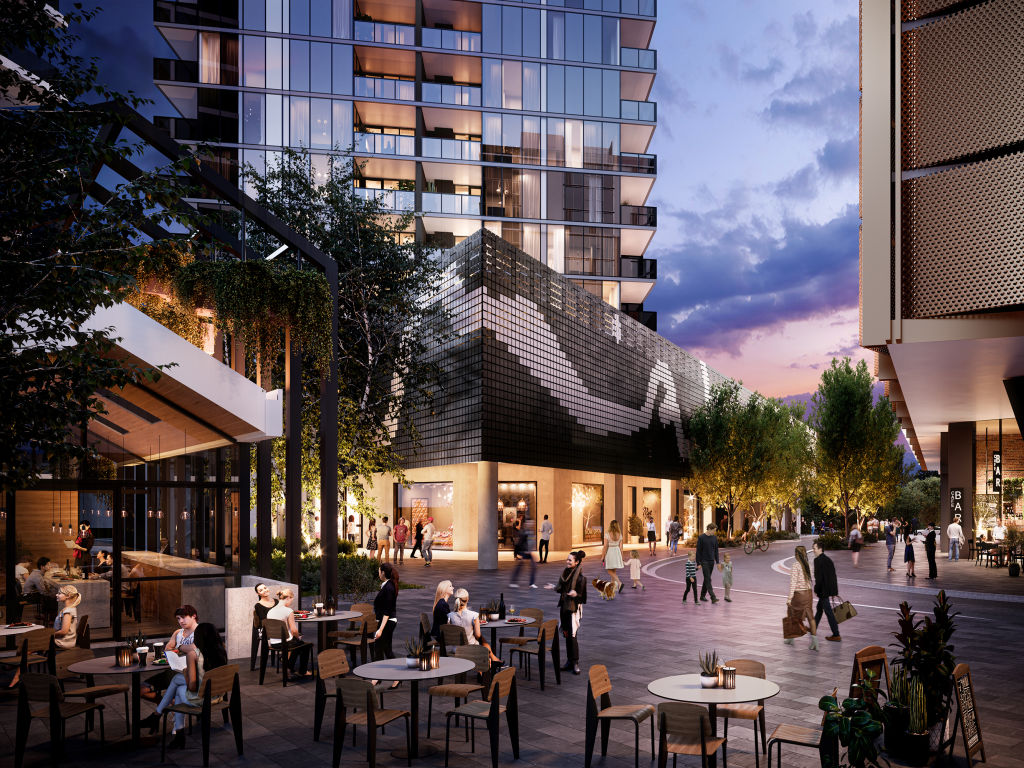
“After World War II the general consensus was that everyone should own a car and have a quarter-acre block and so our government designed our cities to cater to that view of how people should be able to live,” Nash says.
This led to highly segregated residential suburbs, commercial districts and industrial zones and a very car-dependent population. The commercial districts became dead zones after dark and were often considered unsafe.
Today the government is addressing both safety and sustainability by encouraging mixed-use development, and Nash says the benefits are broad-reaching.
“In terms of health benefits, it means we’re driving less and moving more. From a social perspective, we’ll go to the local town centre or shop at the bottom of our building so there are the benefits of seeing familiar faces, which helps build a sense of community and becomes your little part of the world.”
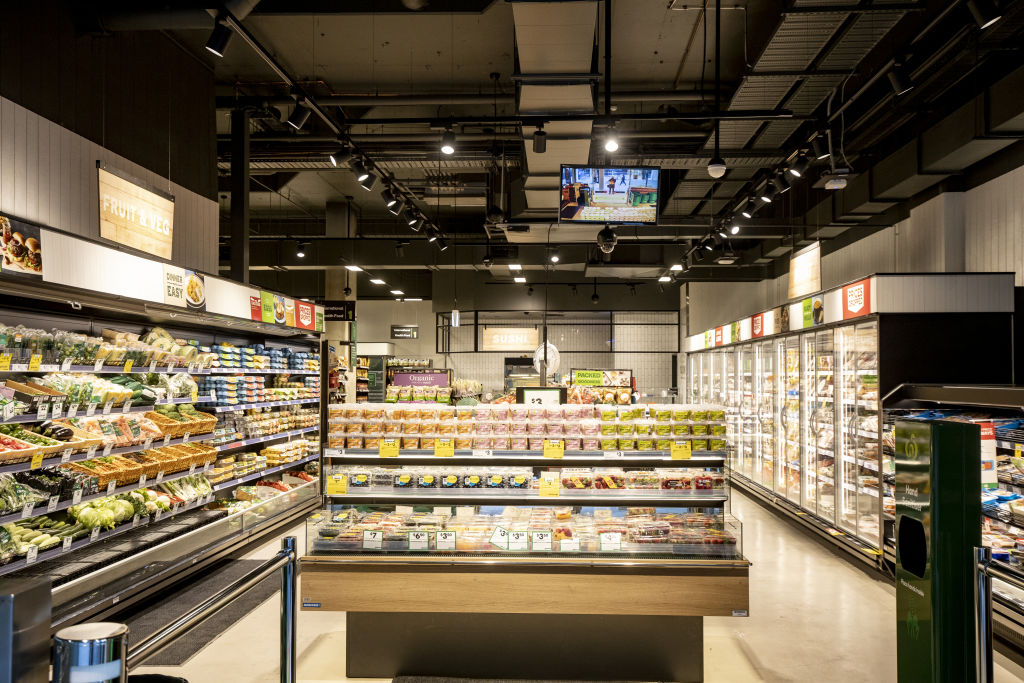
Nash says mixed-use development offers economic benefits by providing more efficient use of land and existing infrastructure, and also facilitates housing choice.
“Not everyone wants to live on a quarter-acre block,” he says. “Often people have a busy lifestyle and want to live close to the activity.”
Adam Morgan, head of sales for Canberra-based developer Geocon, says buyers drawn to mixed-used developments are excited by the amenities on offer.
“The benefit for purchasers is they can be self-sufficient within their precinct,” he says. “They get the lifestyle options of cafes and bars and can even do necessities like shopping within their own building. All of our developments now come with commercial on the ground floor.”
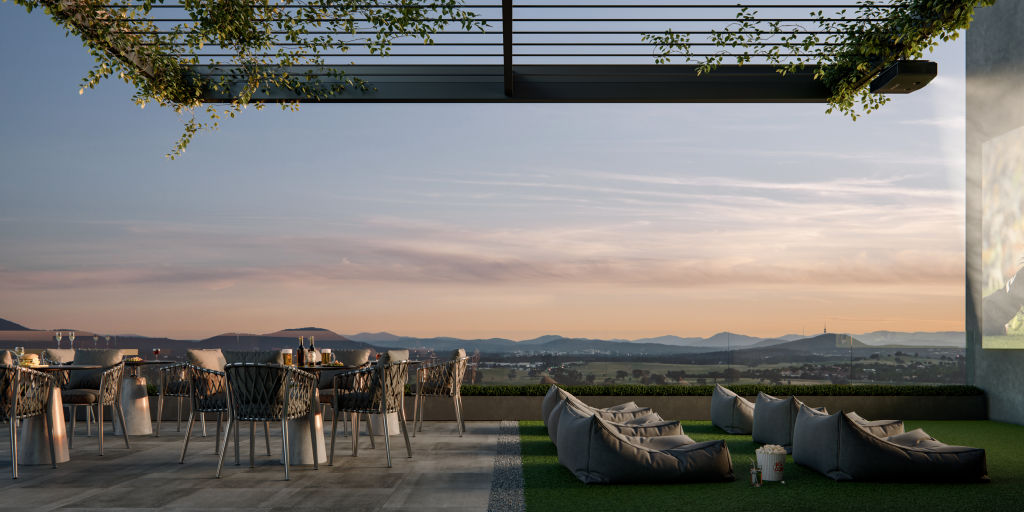
Geocon’s Republic precinct has proven just how popular the concept has become, with strong apartment sales across the project’s five Fender Katsalidis-designed towers in Belconnen. One of the towers, High Society, sits atop a five-storey Abode Hotel and there are 19 commercial premises at street level.
At Geocon’s Aspen Village in Greenway, residents will be able to take advantage of 4000 square metres of residential amenity and 2500 square metres of commercial space on the ground floor, including a grocer, bars and cafes, a bottleshop and a major gym.
And at Geocon’s Grand Central Towers in Woden, there are 12 ground-floor commercial spaces including office space, a cafe and a hairdresser.
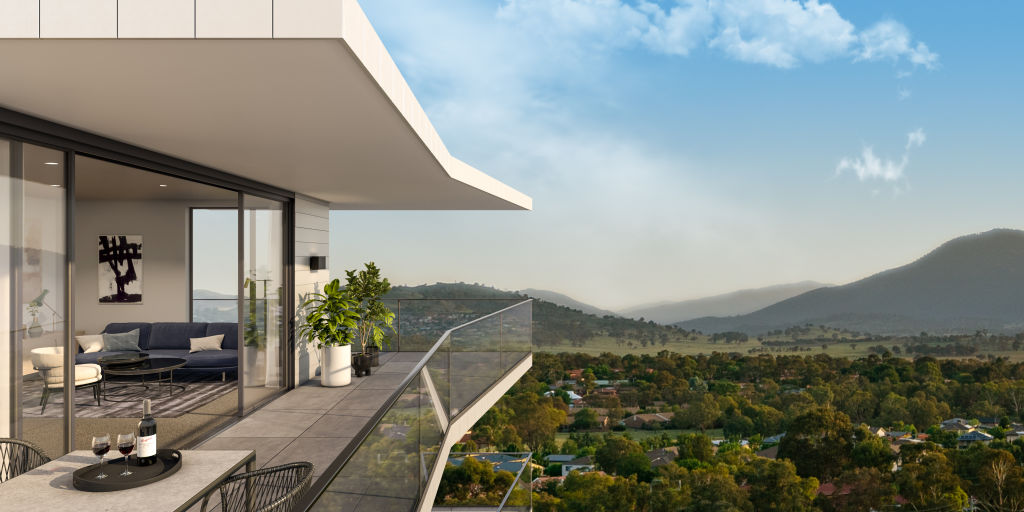
Morgan says the diversity of tenants works in everyone’s favour.
“Commercial owners and tenants love the idea of being insulated by having clients living just above their premises,” he says. “And residents love being able to shop and grab a coffee within their building. It’s a symbiotic sort of relationship where the residential helps the commercial and vice versa.
“And if we get the right commercial businesses in place, that helps to sustain and support the sales within the residential component.”
Nash says the sales results speak for themselves.
“People are wanting to live in these developments; there’s a hunger for them,” he says. “I think it really does work and I think with more people moving into those city and urban centres, the more that sense of community will be built up.”
https://www.allhomes.com.au/news/the-benefits-of-mixed-use-development-1021382/

